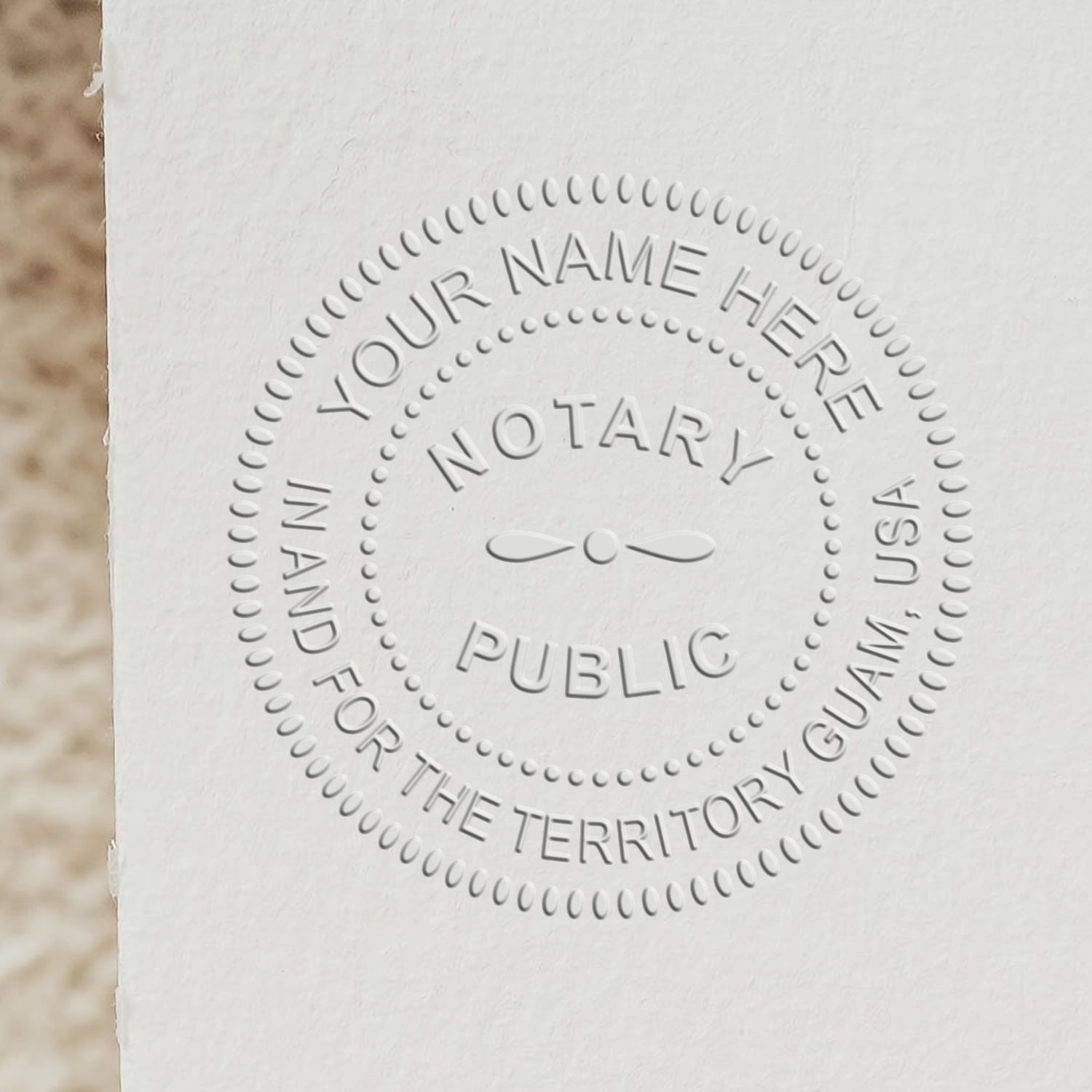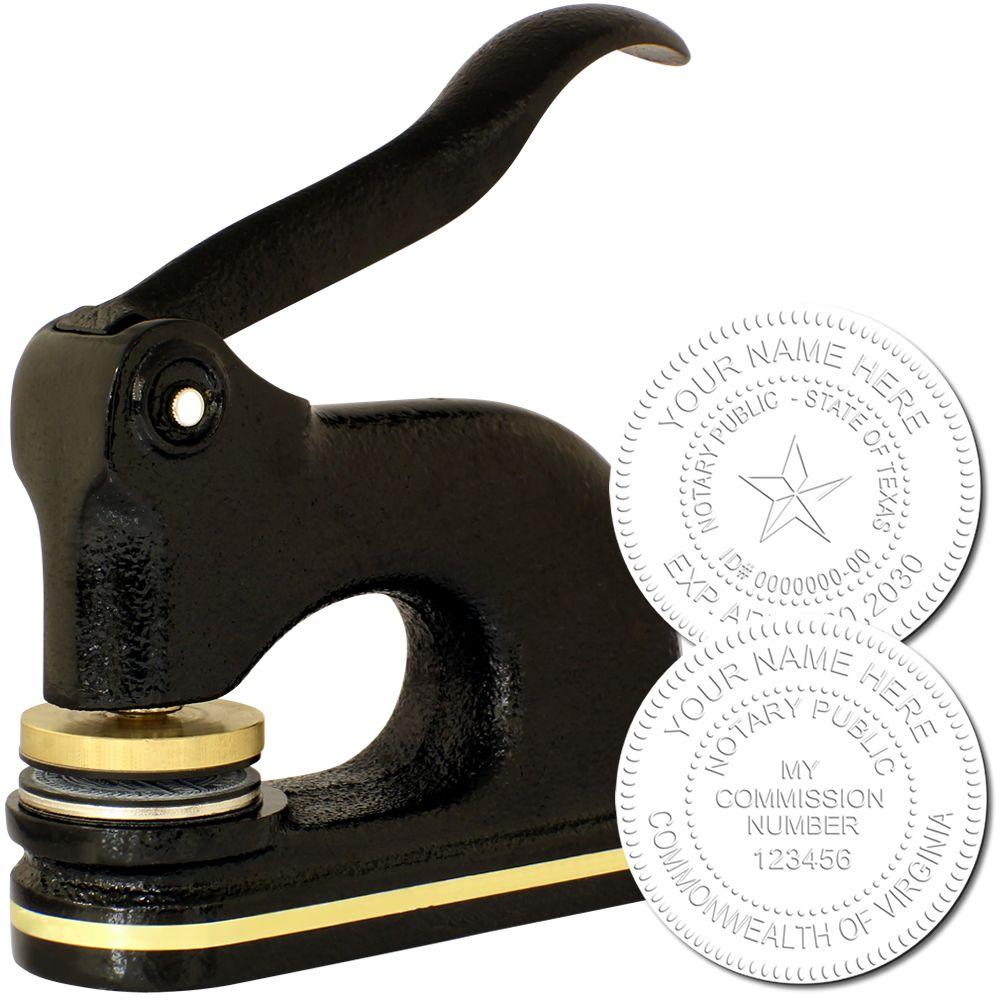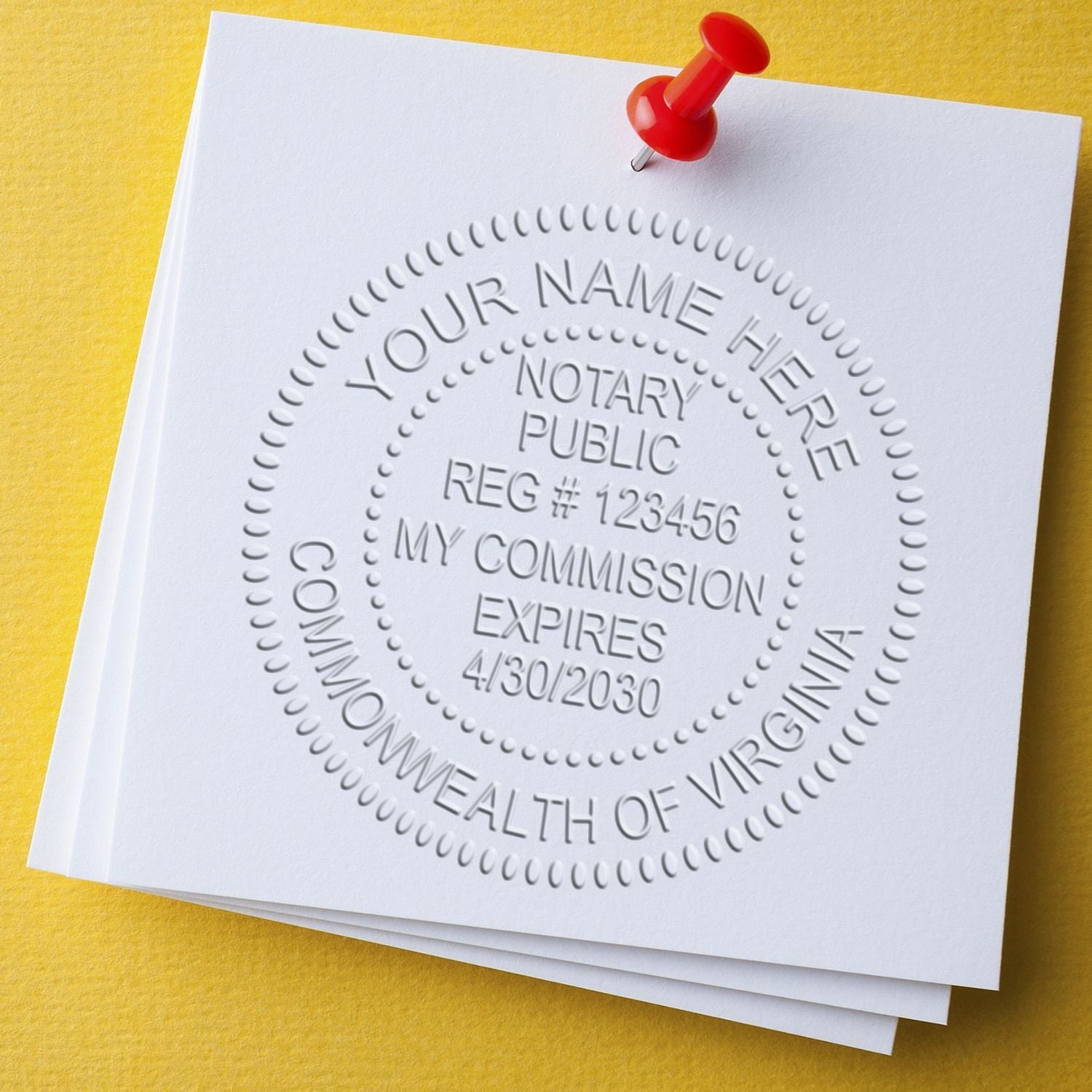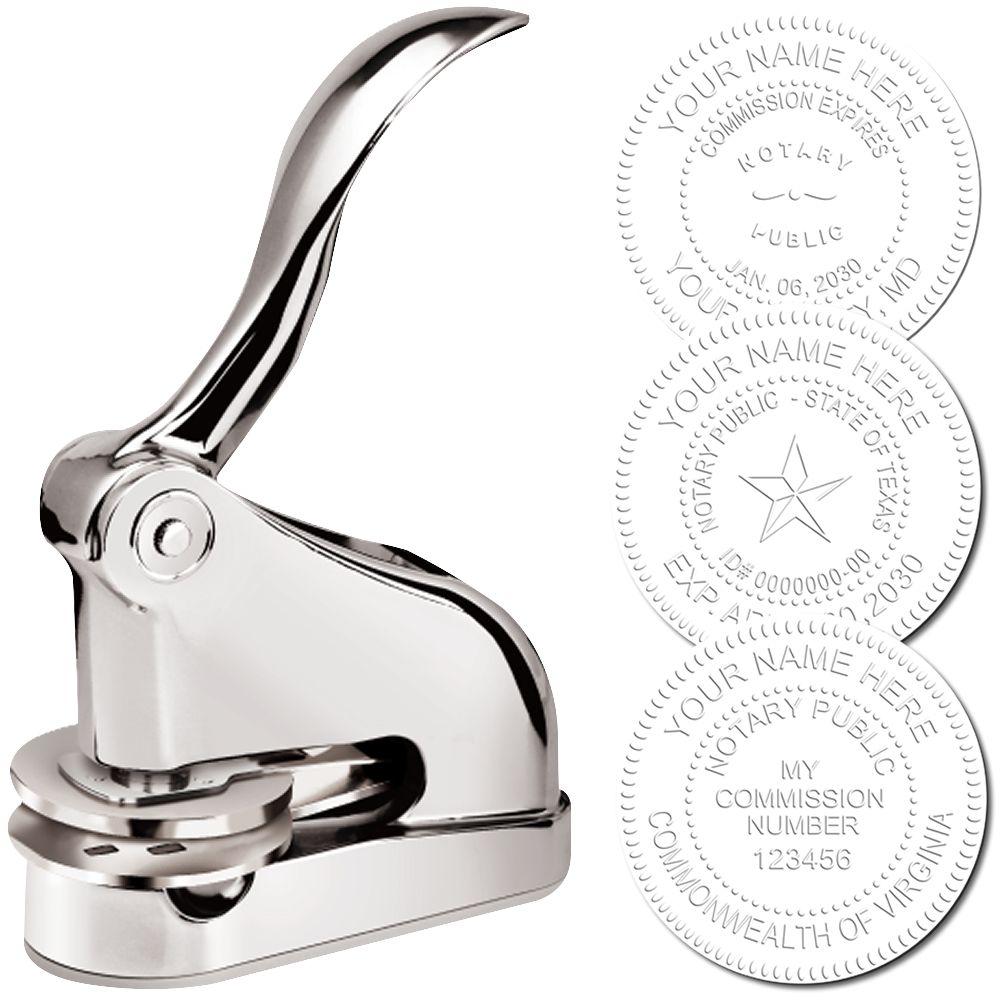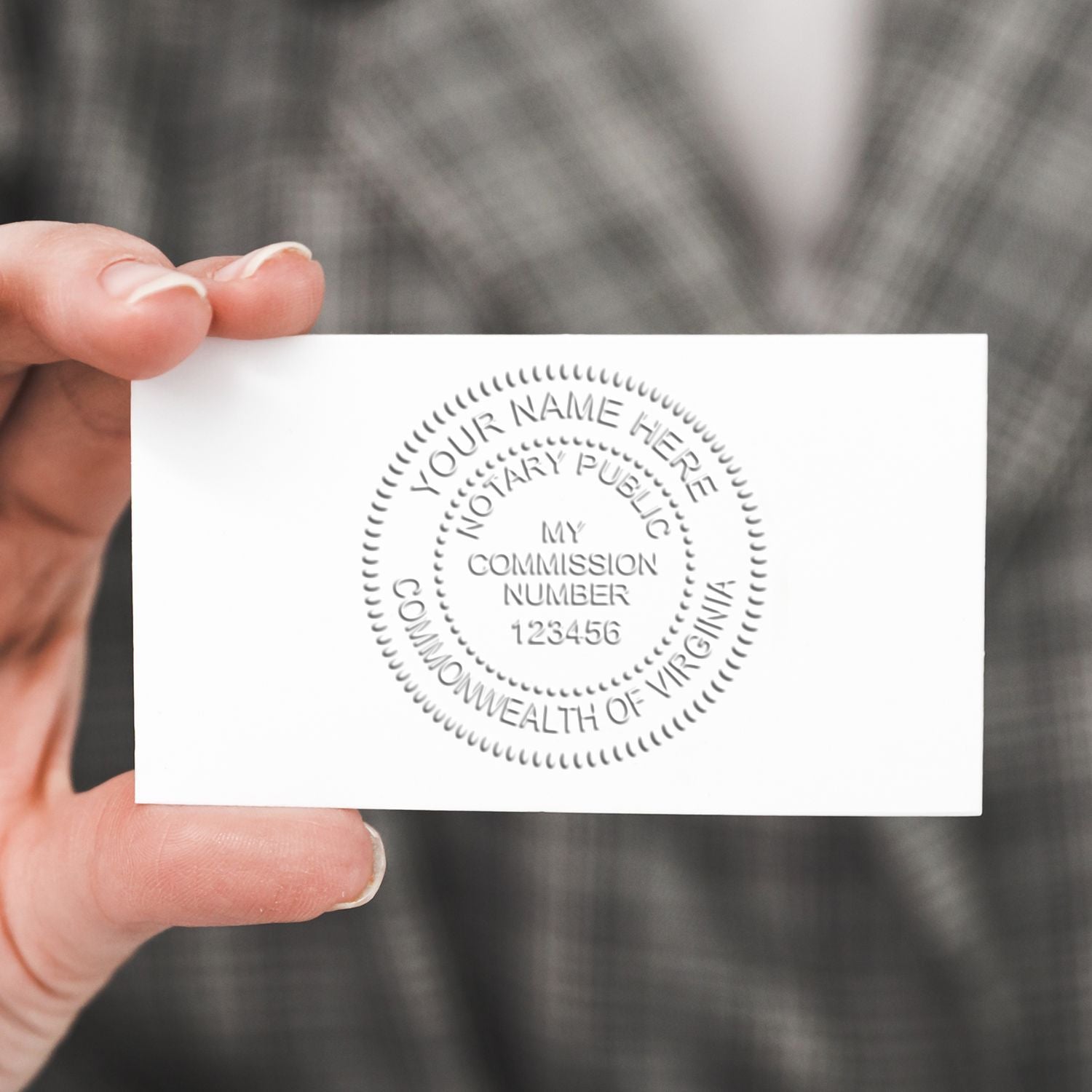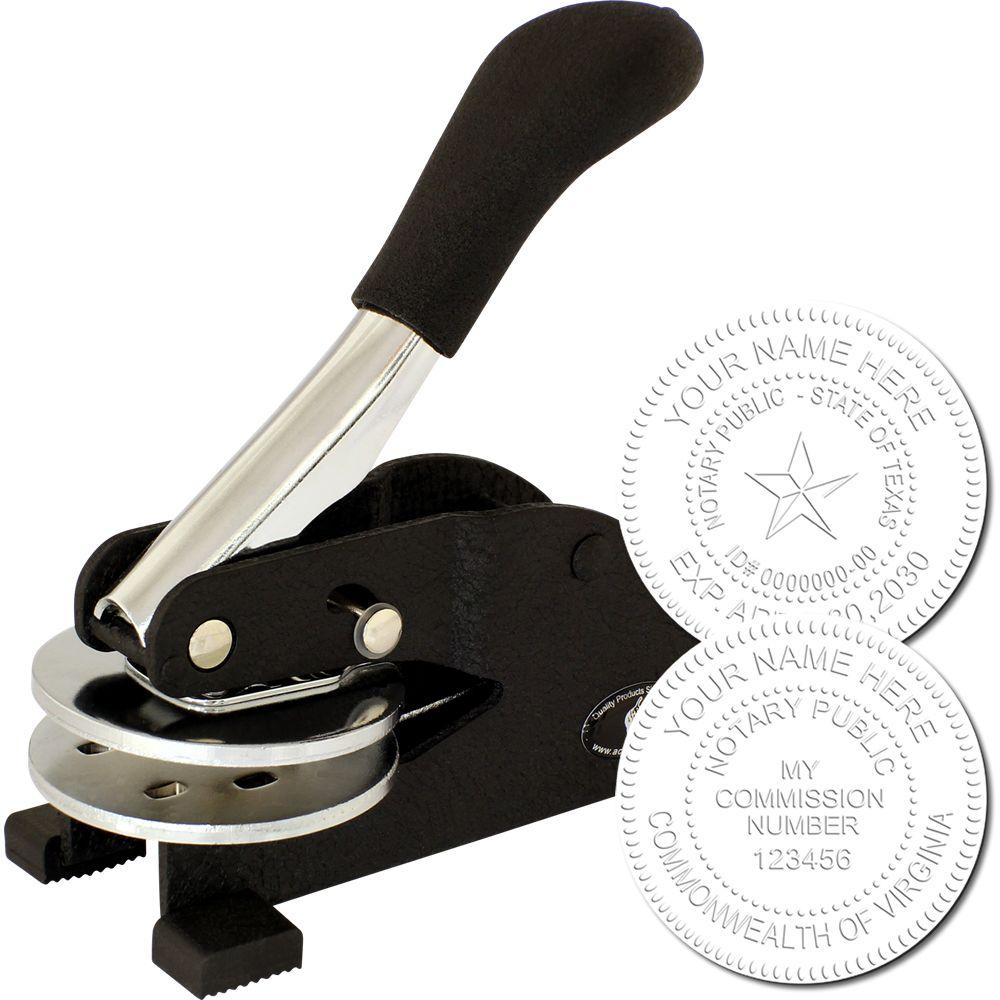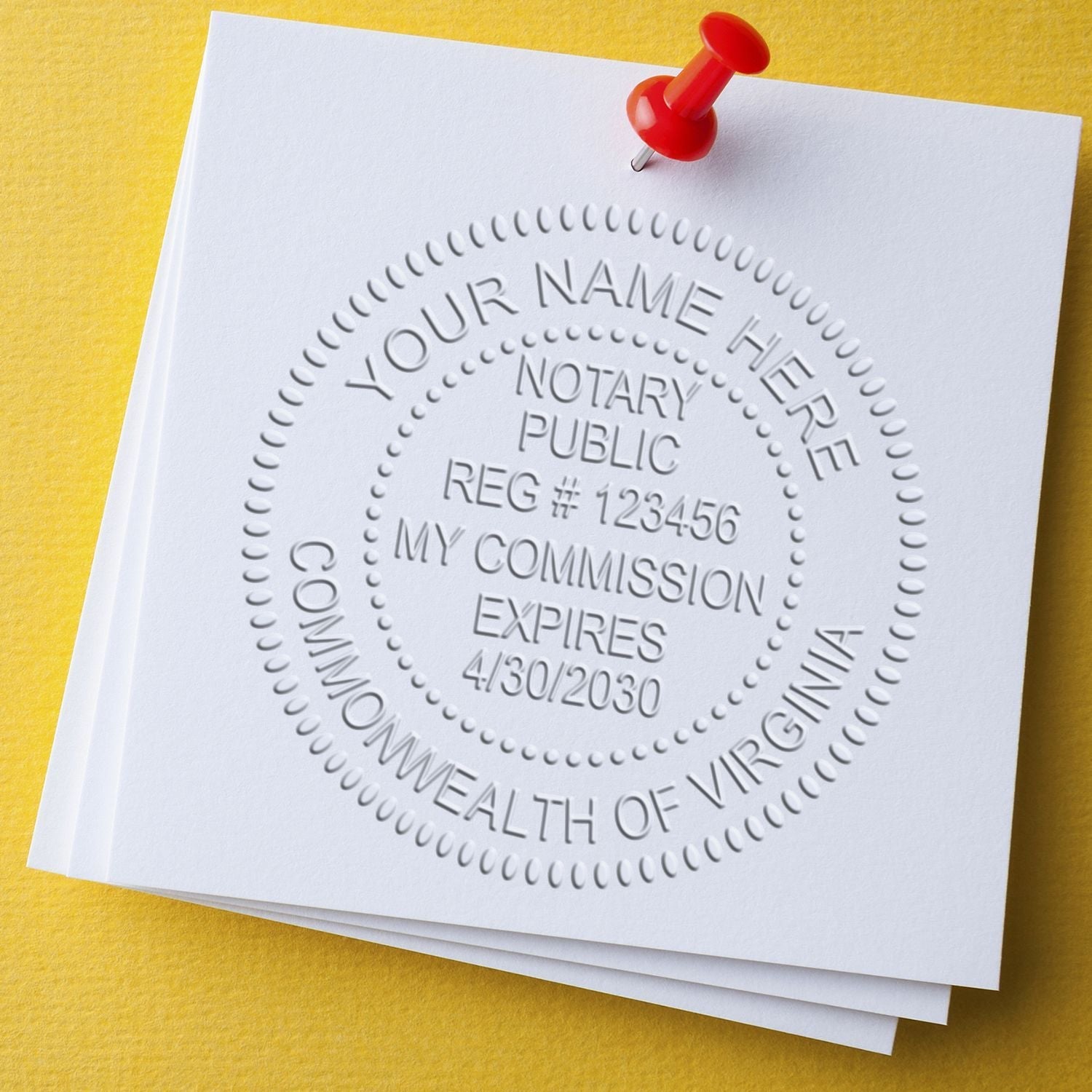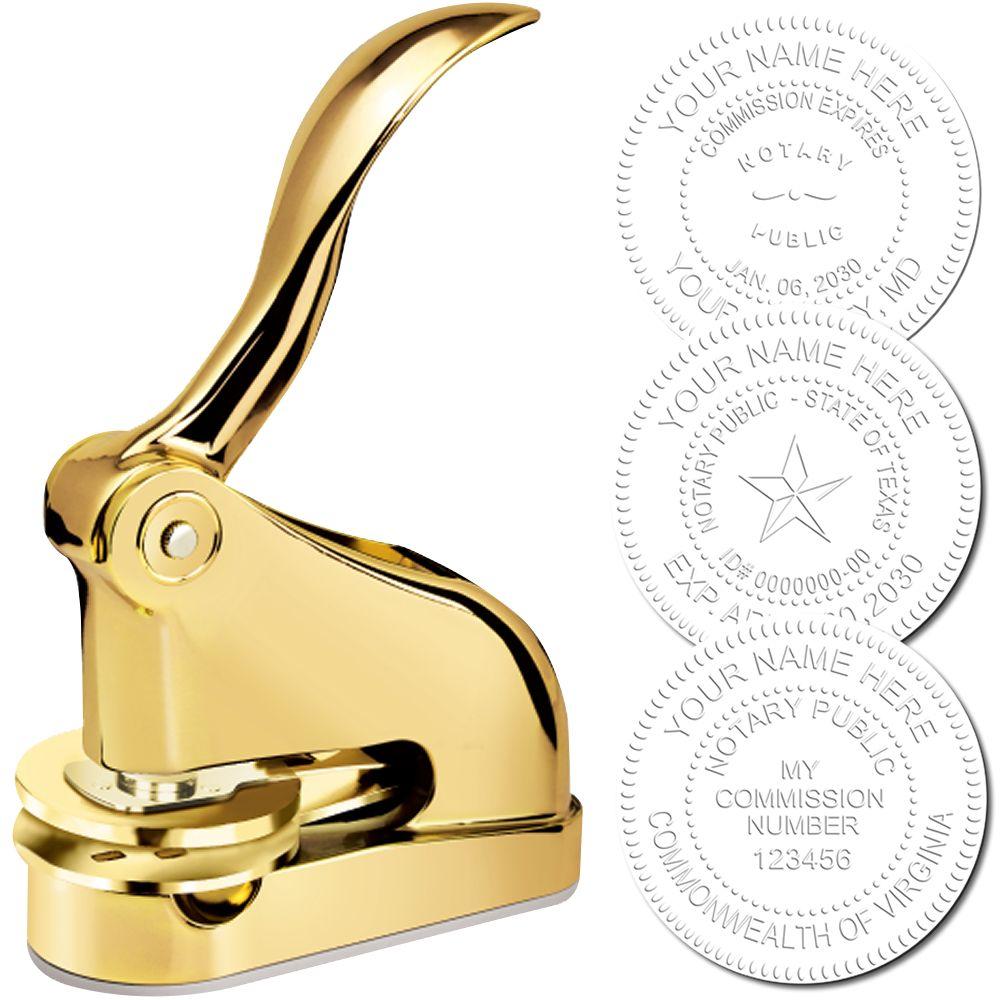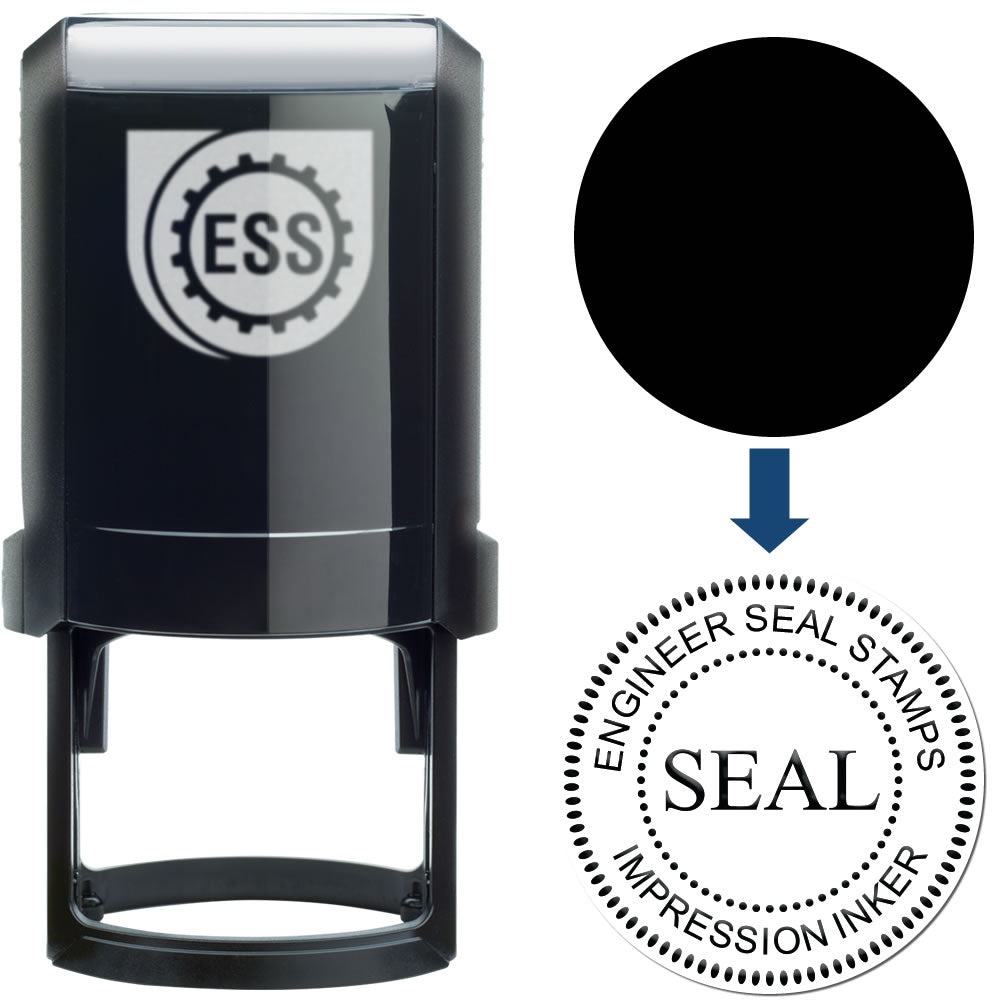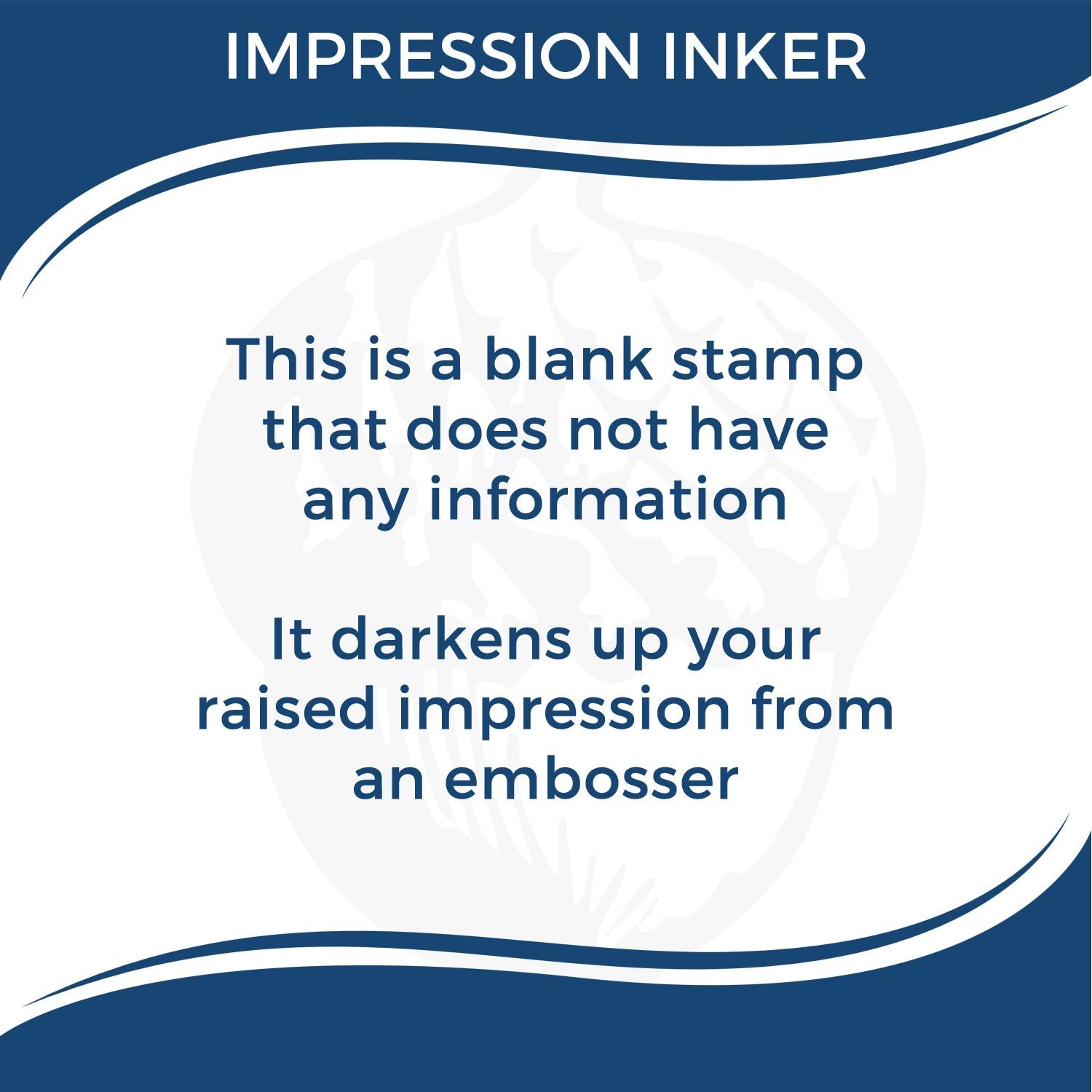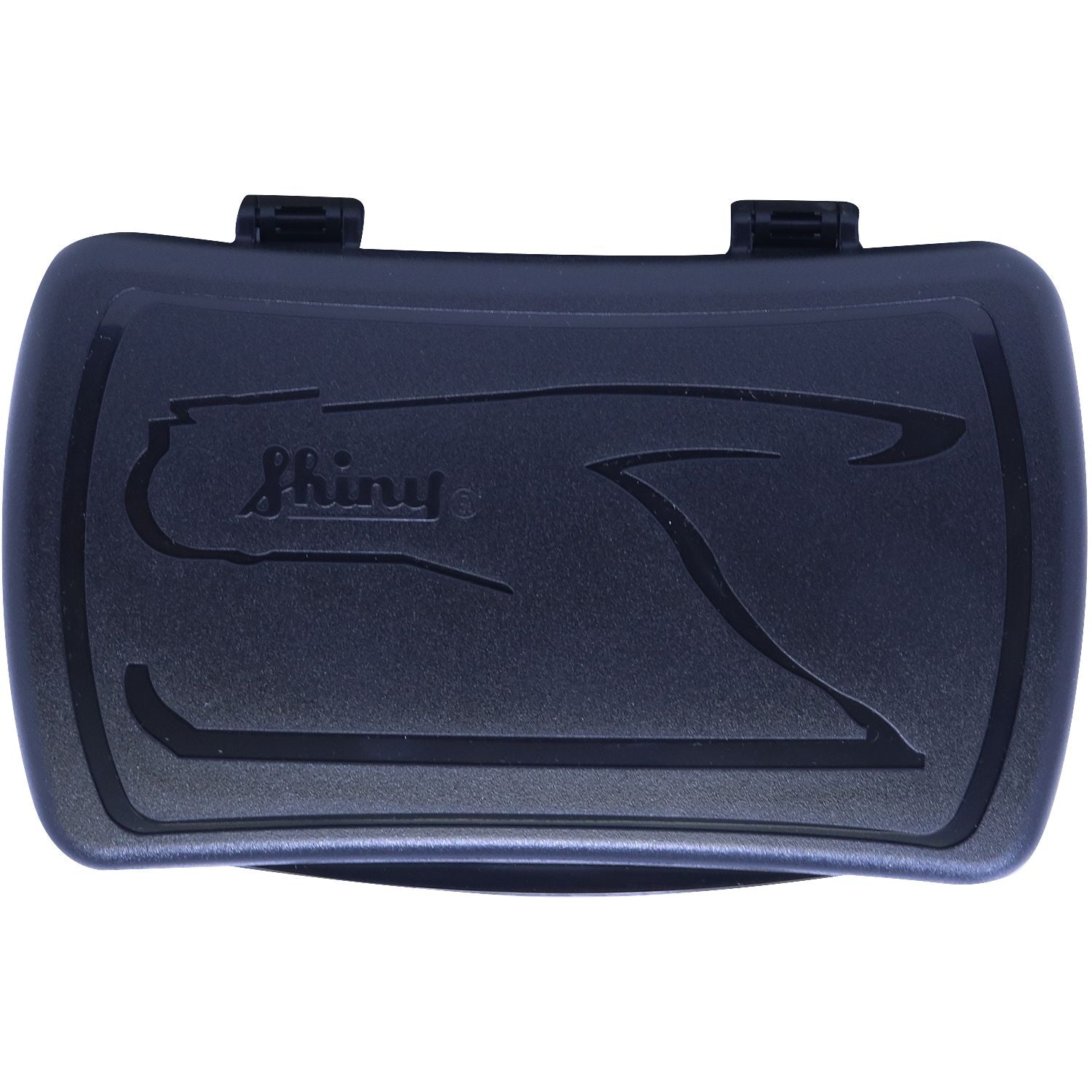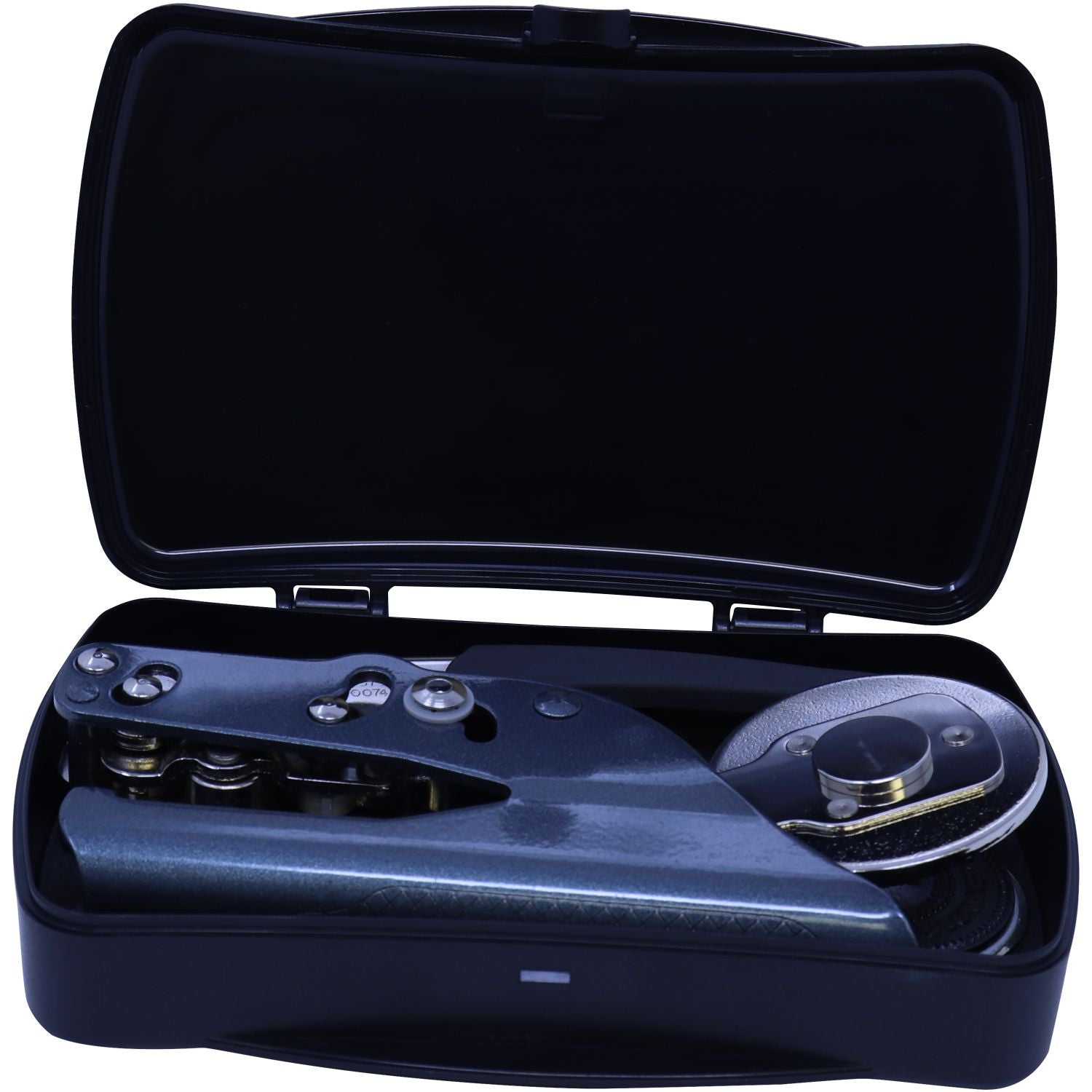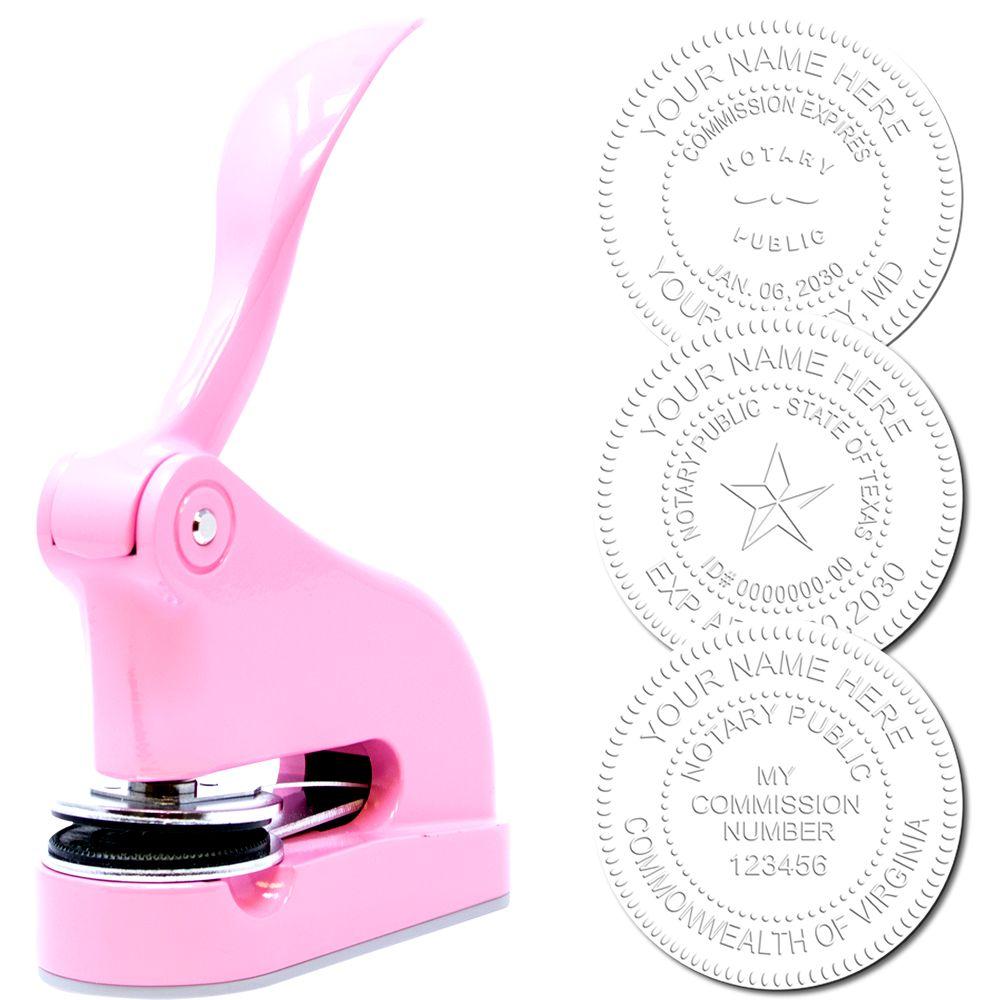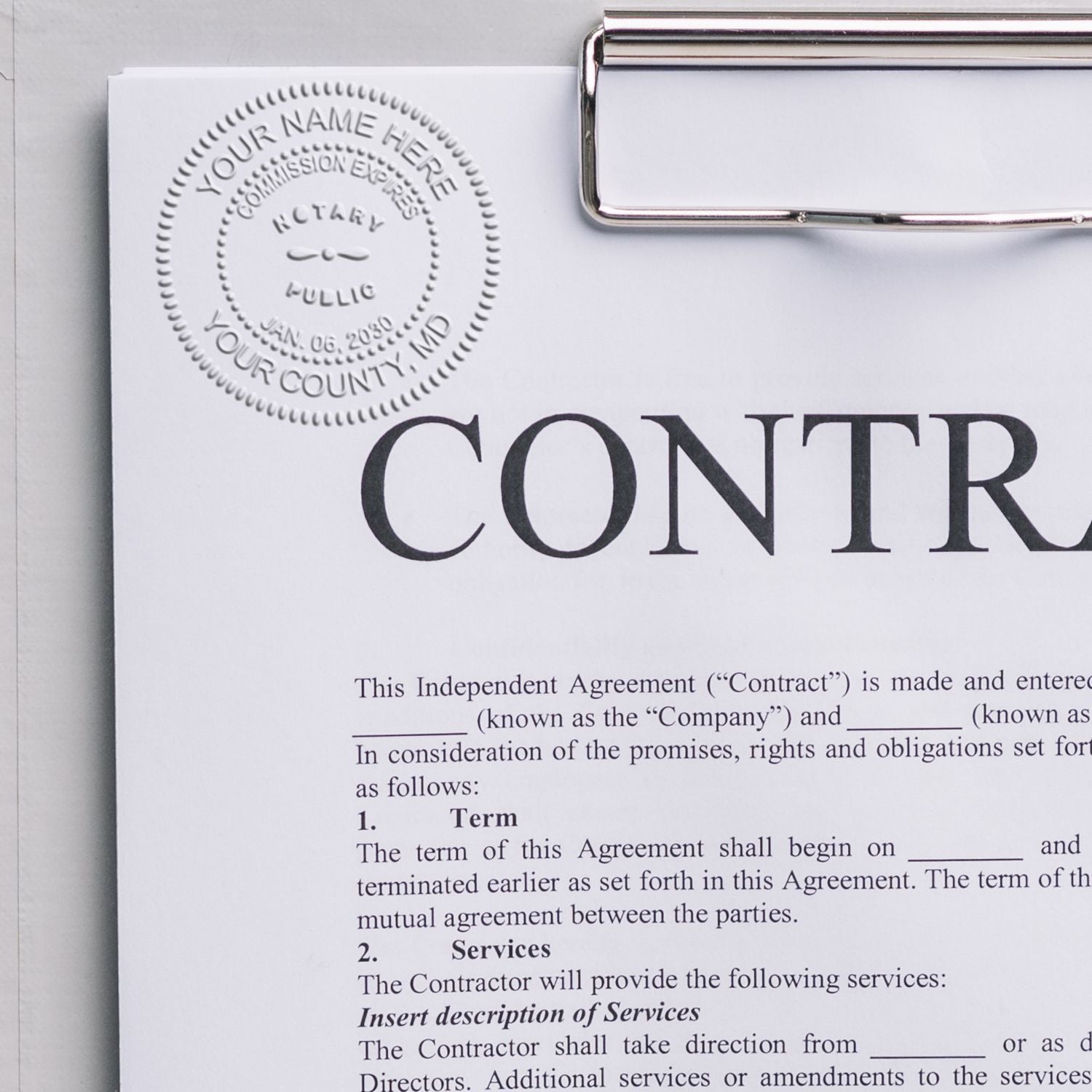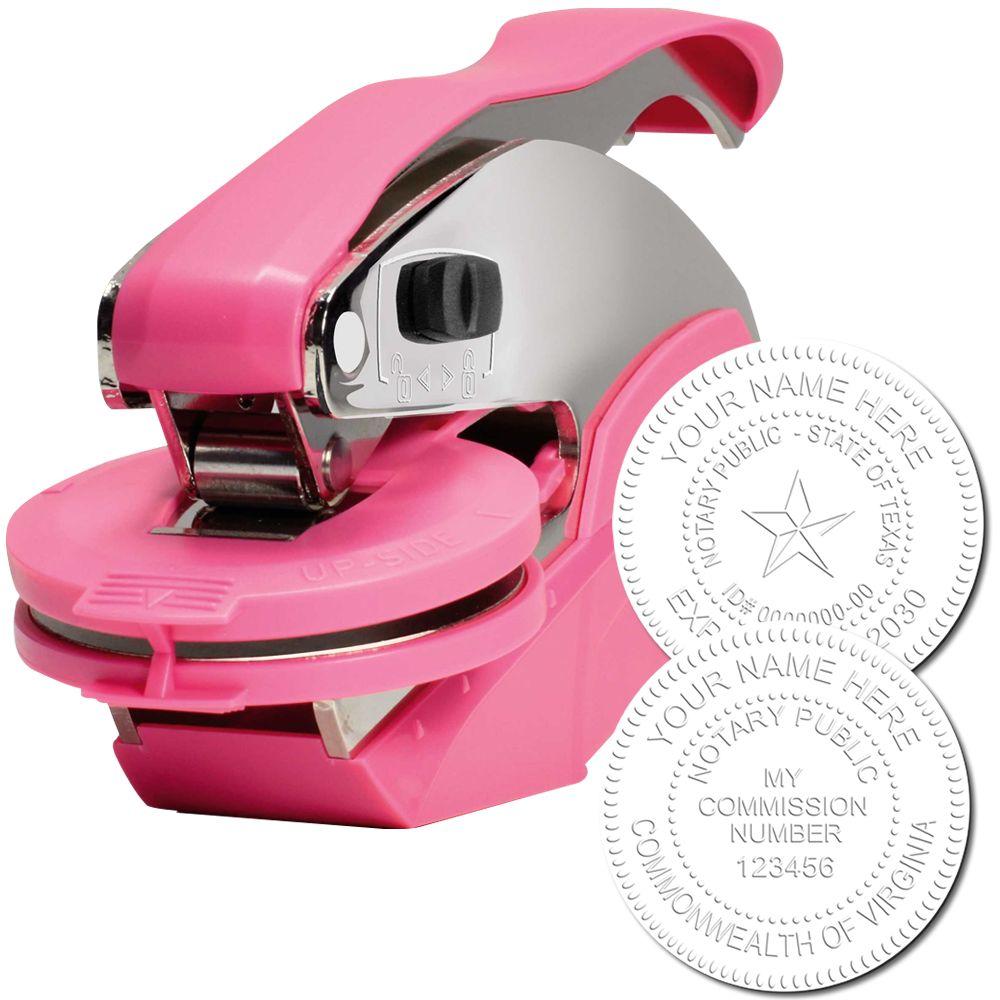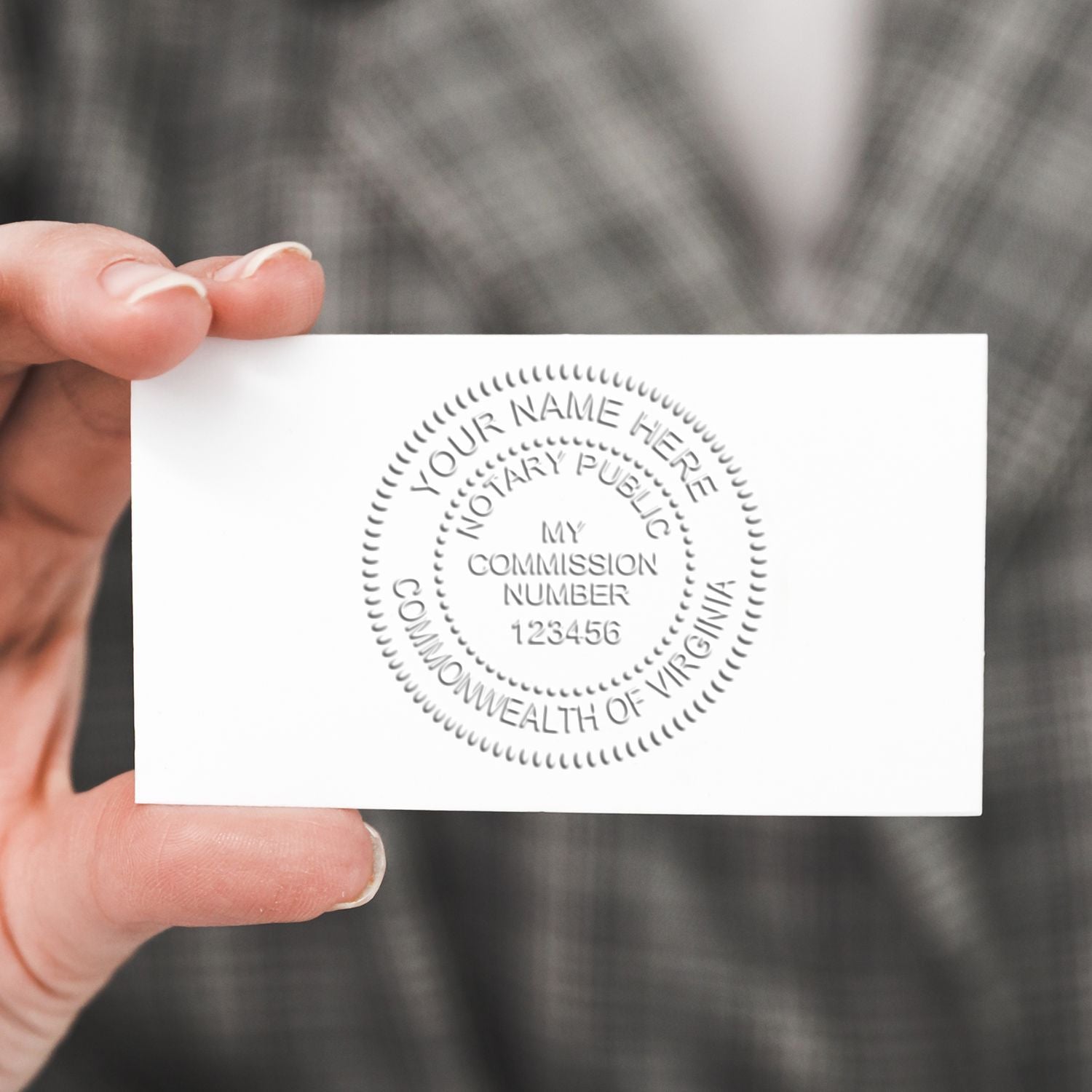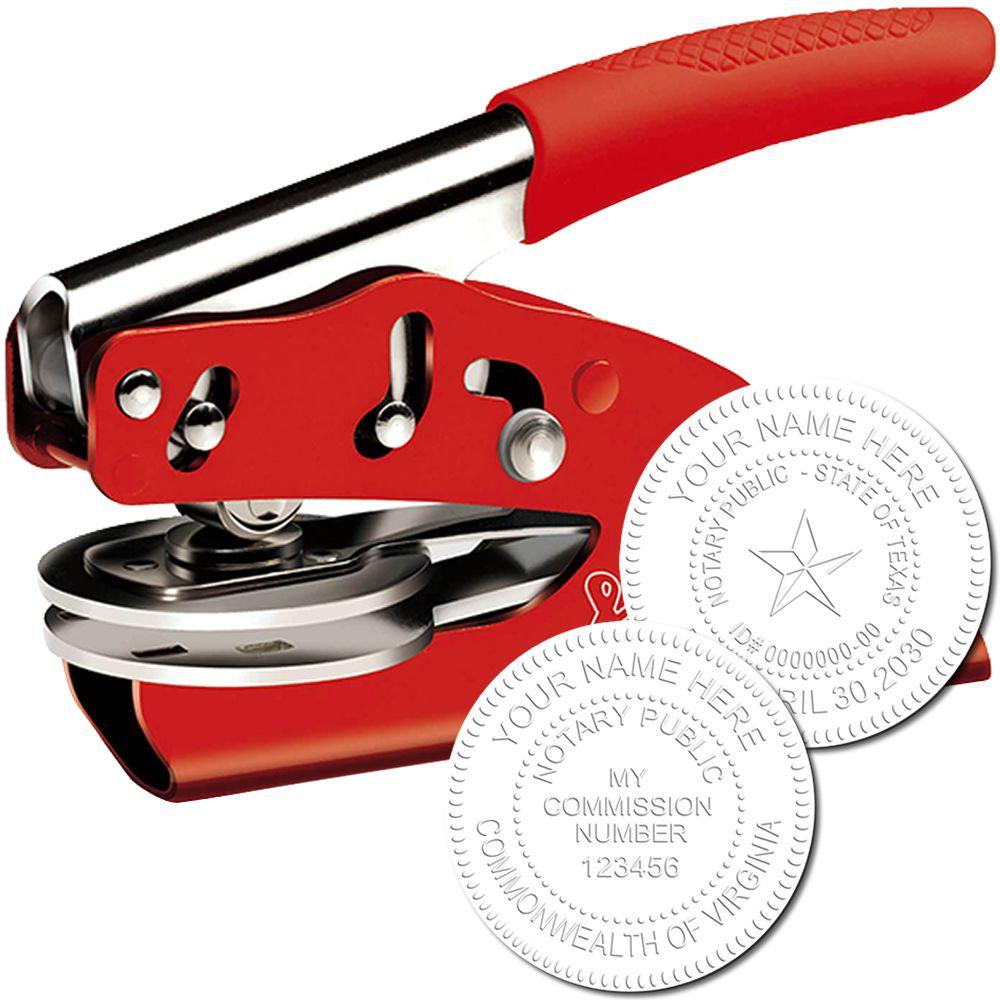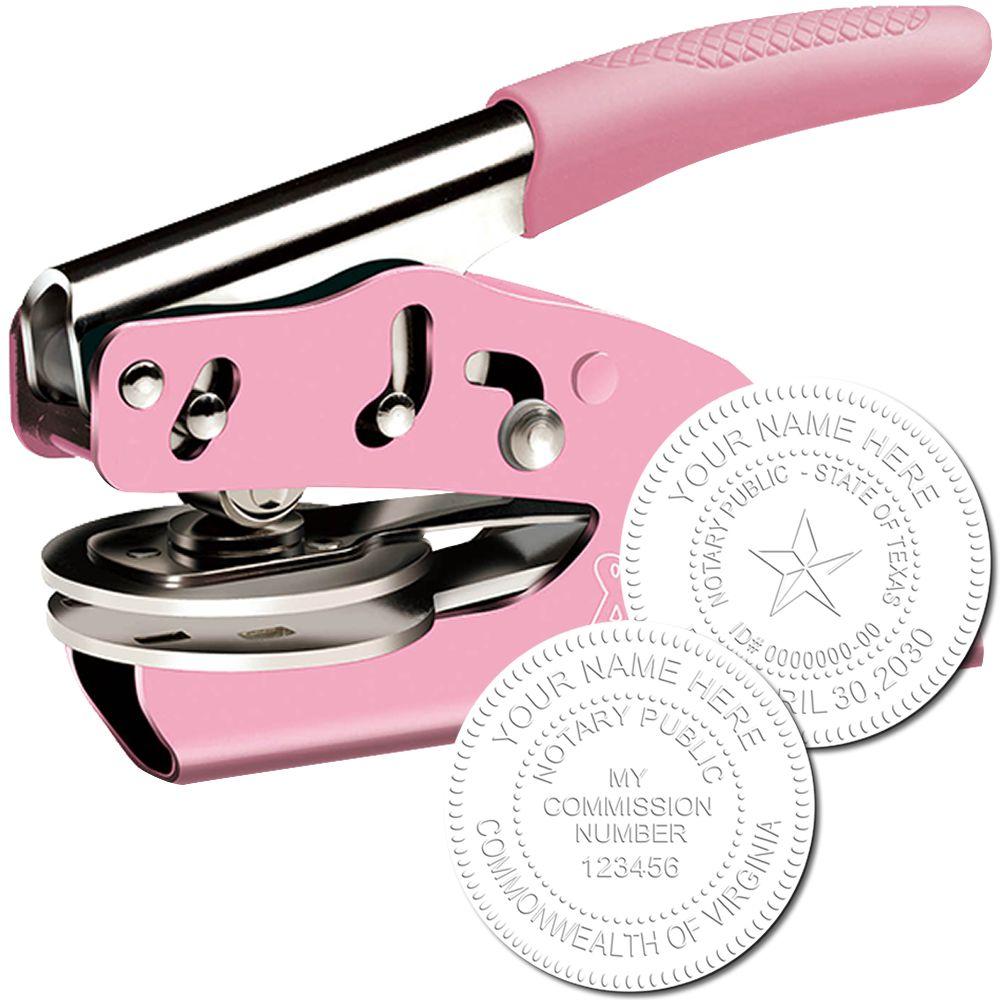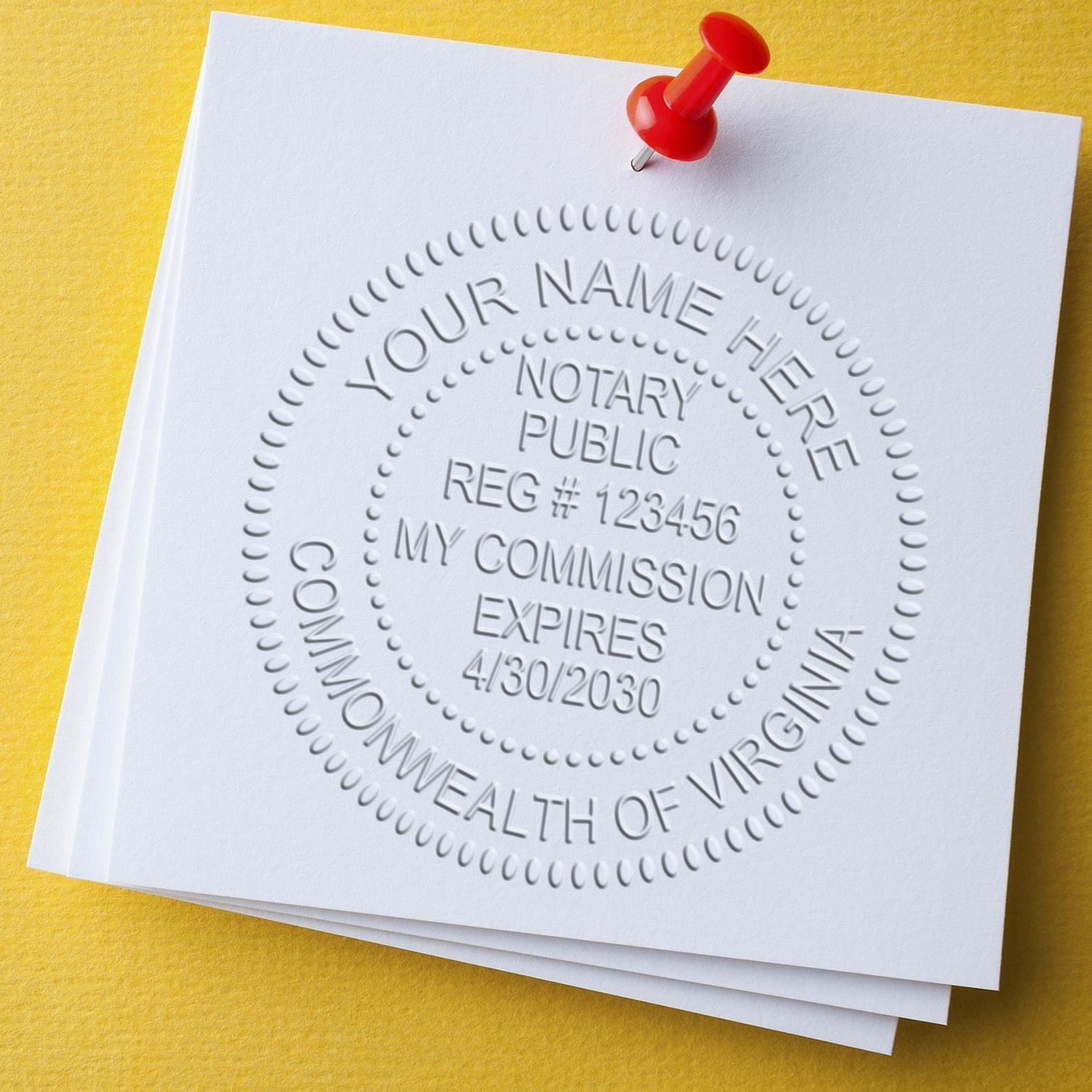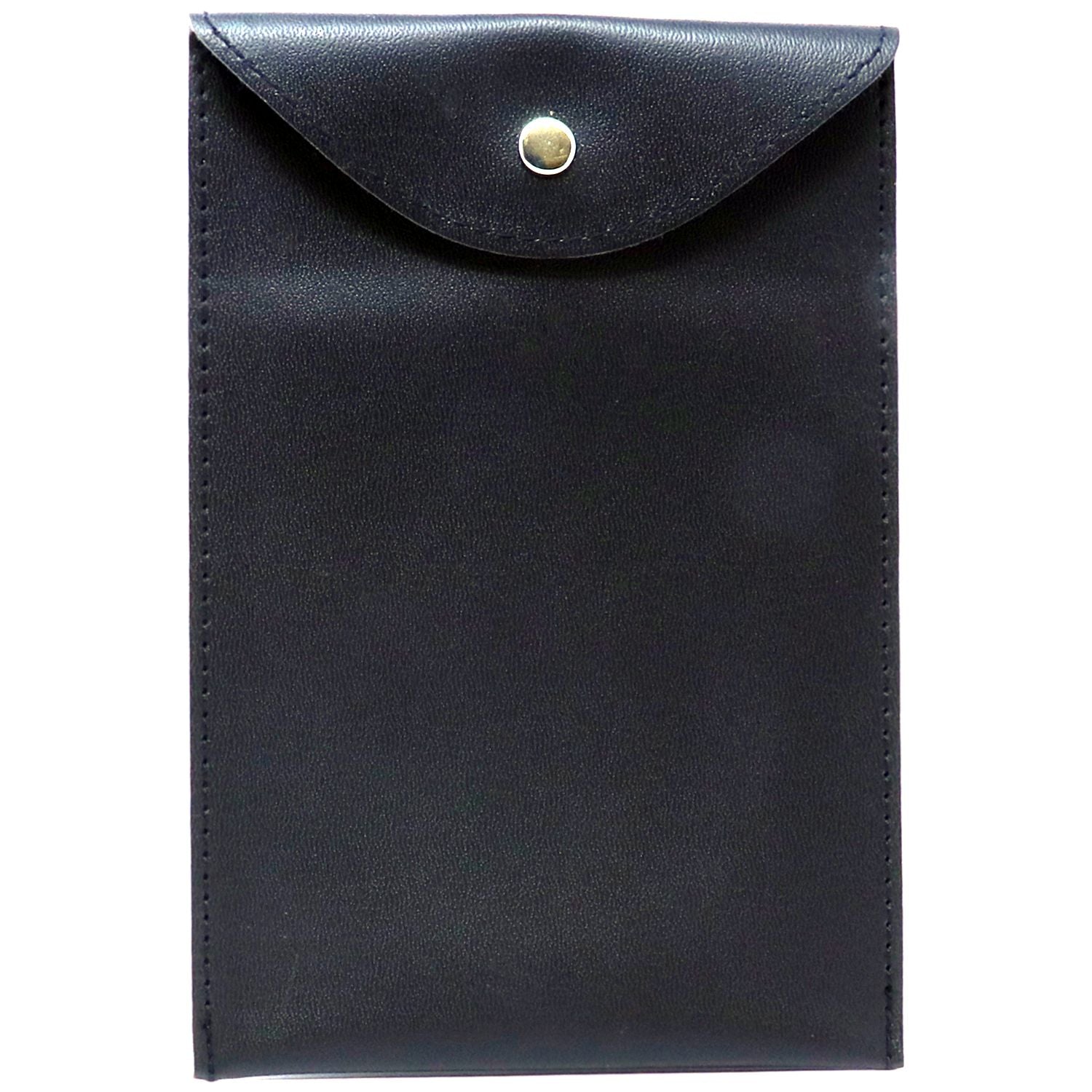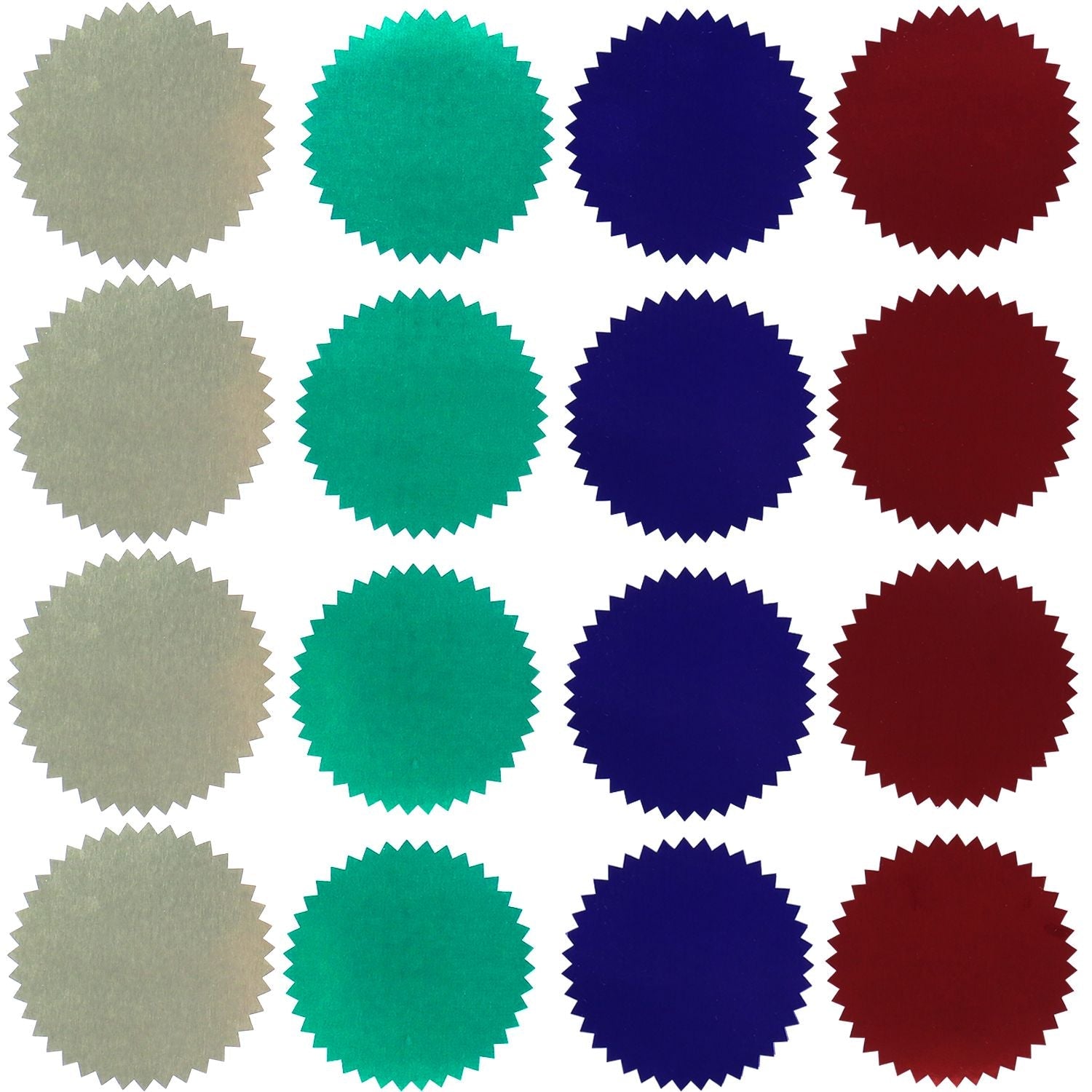Notary Public and Their Tools
A Notary Public is an individual appointed by the government to act as an impartial witness in various legal matters. Notaries are responsible for verifying the authenticity of documents, administering oaths, and performing other official duties. To carry out their duties effectively, Notary Publics rely on a set of essential tools.
The Role of a Notary Public
The primary role of a Notary Public is to prevent fraud and ensure the integrity of legal documents. They act as an official and unbiased witness when individuals sign important papers, such as contracts, affidavits, and deeds. By verifying the identity of the signatories, confirming their willingness to sign, and witnessing the process, Notaries help to deter fraudulent activities and protect the parties involved.
Notaries also have the authority to administer oaths and affirmations. This allows them to legally authenticate statements made under penalty of perjury, such as affidavits or sworn statements. Additionally, Notaries may perform other duties depending on the jurisdiction in which they operate.
Essential Tools for Notary Publics
To fulfill their responsibilities, Notary Publics require a set of essential tools. One of the most important tools is the Notary Stamp Embosser. This tool is used to impress an official seal onto documents, providing visible proof of the Notary's authority and validating the authenticity of the document.
Other essential tools for Notary Publics include a journal or record book to maintain a detailed record of notarized transactions, a Notary Journal Stamp for stamping the journal entries, and an ink pad for use with certain types of stamps. These tools help Notaries to keep track of their notarial acts and create a clear and organized record of their work.
It's important for Notary Publics to ensure that their tools are of high quality and in compliance with the relevant legal requirements and regulations. This helps to maintain the professionalism and credibility associated with the role of a Notary Public.
By understanding the role of a Notary Public and the essential tools they rely on, individuals can gain a better understanding of the importance of these tools in the notarization process. For more information on Notary Publics and their tools, check out our article on notary public stamps.
Introduction to Notary Stamp Embossers
To understand the significance of a notary stamp embosser, it is essential to grasp its purpose and function within the realm of notary publics. Here, we will explore what a notary stamp embosser is and shed light on its primary purpose and function.
What is a Notary Stamp Embosser?
A notary stamp embosser is a tool used by notary publics to authenticate and validate official documents. It is a specialized device that imprints a raised, three-dimensional seal onto paper, leaving a distinctive mark that is difficult to tamper with or replicate.
The notary stamp embosser typically consists of two components: a dies and a handle. The dies are designed with the notary's information, including their name, commission number, and the jurisdiction where they are authorized to operate. When the handle is pressed, the dies come together to create the embossed seal on the document.
Purpose and Function of Notary Stamp Embossers
The primary purpose of a notary stamp embosser is to provide an additional layer of security and authenticity to notarized documents. By leaving an embossed seal, the notary stamp embosser makes it evident that a document has been certified by a duly appointed notary public.
The embossed seal serves as a visual indicator that the notary has witnessed the signing of the document and that the signatures are genuine. Additionally, the embossed seal provides a deterrent against fraudulent alteration since any attempt to tamper with the document would be readily noticeable due to the broken or distorted seal.
Notary stamp embossers are especially useful when dealing with legal or official documents that require a notarized seal. This includes contracts, affidavits, deeds, powers of attorney, and various other legal instruments. The embossed seal lends credibility and validity to these documents, giving them legal weight and recognition.
Having a notary stamp embosser is an essential tool for notary publics, enabling them to fulfill their duties with integrity and professionalism. It ensures that the notary's official seal is securely imprinted on documents, instilling confidence in the authenticity of the notarization.
By understanding the significance of notary stamp embossers, notary publics can confidently carry out their responsibilities while providing individuals and organizations with the assurance that their documents have been properly notarized.
Types of Notary Stamp Embossers
Notary stamp embossers are essential tools for notary publics, providing an official seal of authority on documents. There are two main types of notary stamp embossers available: manual notary stamp embossers and electric notary stamp embossers.
Manual Notary Stamp Embossers
Manual notary stamp embossers are operated by hand and require physical force to create the embossed seal. These embossers consist of a sturdy frame with two plates, one of which contains the notary's information and the other with the raised design of the seal.
To use a manual notary stamp embosser, the notary places the document between the plates, aligning it precisely. By firmly pressing the handle or lever, the plates come together, creating a raised, embossed seal on the document. Manual stamp embossers are known for their simplicity and reliability.
Electric Notary Stamp Embossers
Electric notary stamp embossers, on the other hand, automate the embossing process, making it quicker and more efficient. These embossers are powered by electricity and feature a motorized mechanism that applies the necessary pressure to create the embossed seal.
To operate an electric notary stamp embosser, the notary places the document in the designated area and activates the device using a button or switch. The embosser then applies the required pressure to create the raised seal. Electric embossers are preferred for their ease of use and consistent results.
When choosing between manual and electric notary stamp embossers, it's important to consider your personal preferences and specific requirements. Manual embossers offer a traditional and tactile experience, while electric embossers provide convenience and speed. Additionally, factors such as budget, volume of notarization tasks, and personal preference for either manual or electric operation should be taken into account.
Remember to always comply with the legal requirements and regulations governing notary stamp embossers in your jurisdiction. Consult your local notary authority or legal resources to ensure that the embosser you choose aligns with the applicable guidelines.
Understanding the differences between manual and electric notary stamp embossers will help you make an informed decision when selecting the right tool for your notarial duties.
Considerations when Choosing a Notary Stamp Embosser
When selecting a notary stamp embosser, there are several important factors to consider. These considerations will ensure that you choose the right embosser that meets legal requirements and regulations, offers ease of use and portability, and provides the necessary durability and longevity.
Legal Requirements and Regulations
Before purchasing a notary stamp embosser, it is crucial to familiarize yourself with the legal requirements and regulations regarding notary public stamps in your jurisdiction. Different states or countries may have specific guidelines regarding the design, size, and information that must be included on the stamp. Ensure that the embosser you choose complies with these requirements to avoid any legal complications. For more information on notary stamps, you can visit our article on notary public stamps.
Ease of Use and Portability
Another important consideration is the ease of use and portability of the notary stamp embosser. Look for an embosser that is comfortable to hold and operate, allowing you to create clear and legible impressions without much effort. Additionally, consider the size and weight of the embosser, especially if you need to carry it with you frequently. A compact and lightweight embosser will be more convenient for on-the-go notary services.
Durability and Longevity
Durability and longevity are key factors to consider when selecting a notary stamp embosser. You want an embosser that is built to withstand regular use and can produce consistent and reliable impressions over time. Look for an embosser made of high-quality materials that can withstand wear and tear. Additionally, consider the manufacturer's warranty or guarantee to ensure that you are investing in a product that will last. If you need to replace your notary stamp embosser, you can refer to our article on notary stamp replacement for more information.
By taking into account the legal requirements and regulations, ease of use and portability, and durability and longevity, you can make an informed decision when choosing a notary stamp embosser. Remember to prioritize compliance with the regulations in your jurisdiction to ensure that your notary services are conducted within the legal framework.
Using a Notary Stamp Embosser
Once you have acquired a notary stamp embosser, it's important to understand the proper technique and usage, as well as how to maintain and care for your embosser to ensure its longevity.
Proper Technique and Usage
Using a notary stamp embosser requires a few key steps to ensure accurate and valid imprints. Here's a simple guide on how to use your notary stamp embosser effectively:
- Prepare the document: Make sure the document is properly filled out and ready for notarization. Verify that all necessary signatures and dates are in place.
- Position the embosser: Place the embosser over the designated area on the document where the impression is required. Ensure that the embosser aligns correctly with the notary seal and any other applicable information.
- Apply pressure: Apply even and firm pressure on the handle of the embosser. Press down firmly until you feel a slight resistance, ensuring that the embosser's die plate makes a clear and legible impression on the paper.
- Release the pressure: Once the impression is made, release the pressure on the handle and carefully lift the embosser away from the document.
Remember, a notary stamp embosser is used in conjunction with other notary tools, such as a notary stamp and seal. The embosser creates a raised imprint on the document, while the stamp provides additional information, such as the notary's name, commission number, and jurisdiction.
Maintaining and Caring for Your Notary Stamp Embosser
Proper maintenance and care of your notary stamp embosser are essential for its longevity and optimal performance. Here are some tips to keep in mind:
- Keep it clean: Regularly clean the embosser by wiping it gently with a soft cloth or tissue. Avoid using harsh chemicals or abrasive materials that may damage the embosser's surface.
- Store it properly: When not in use, store your embosser in a protective case or pouch to prevent dust, dirt, or other debris from accumulating on the die plate.
- Avoid excessive force: While the embosser requires some pressure to create an imprint, avoid applying excessive force as it may cause damage to the embosser or the document.
- Inspect regularly: Periodically inspect the embosser for any signs of wear or damage. If you notice any issues, such as a loose handle or a misaligned die plate, contact a professional for repair or replacement.
By following these usage and maintenance guidelines, you can ensure that your notary stamp embosser remains in good condition and continues to produce clear and professional imprints.
Remember, if you are in need of a notary stamp embosser or other notary supplies, it's important to choose a reliable source for your notary public stamps.
In conclusion, a notary stamp embosser is an essential tool for any Notary Public. This specialized tool adds a professional and official touch to notarized documents by creating a raised, embossed impression. The purpose of a notary stamp embosser is to authenticate the notary's signature and seal, providing an additional layer of security and integrity to the notarial act.
There are two main types of notary stamp embossers available: manual and electric. Manual embossers require physical force to create the embossed impression, while electric embossers automate the process, making it more convenient and efficient.
When choosing a notary stamp embosser, it's important to consider several factors. First and foremost, you need to ensure that the embosser adheres to the legal requirements and regulations set by your jurisdiction. This includes specifications regarding the design, size, and content of the embossed impression.
Additionally, factors such as ease of use and portability should be considered. A notary stamp embosser should be user-friendly and comfortable to handle, allowing for smooth operation. Portability is also important for notaries who may need to travel with their embosser.
Durability and longevity are essential qualities to look for in a notary stamp embosser. The embosser should be made from high-quality materials that can withstand frequent use without compromising the integrity of the embossed impression.
To use a notary stamp embosser effectively, it's important to learn and practice the proper technique and usage. This ensures that the embossed impression is clear, legible, and properly aligned. Regular maintenance and care, such as keeping the embosser clean and lubricated, can help prolong its lifespan and maintain its functionality.
In summary, a notary stamp embosser is a valuable tool for Notary Publics, providing an official and professional touch to notarized documents. By choosing the right embosser and using it correctly, Notary Publics can confidently fulfill their role and contribute to the integrity of the notarial process. For more information on notary stamps and related supplies, visit our articles on notary public stamps and notary stamp order.
About ESS
At Engineer Seal Stamps, we take pride in our expertise in creating custom rubber stamps, professional seals, and notary stamps that cater to the unique needs of engineers. Our company's commitment to delivering exceptional customer service has earned us a stellar reputation within the industry. Our team consists of highly skilled professionals with extensive knowledge in the stamp-making process, ensuring that each product we create meets the highest standards of quality.
We understand the importance of trust and confidence in our products, which is why we offer a state board guarantee on all our stamps. Our guarantee ensures that our stamps are compliant with state regulations, giving our customers peace of mind when it comes to their legal requirements. Additionally, we offer a quick turnaround on our products, ensuring that our customers receive their stamps in a timely manner, regardless of their location.
At ESS, we prioritize our customers' needs and go above and beyond to ensure their satisfaction. We take pride in our personalized approach to customer service, as we work with each customer to create a custom stamp that perfectly fits their needs. As a result, our customers can trust that they are receiving a stamp that not only meets their legal requirements but also represents the uniqueness of their profession. Overall, at Engineer Seal Stamps, our commitment to exceptional customer service, quality products, and quick turnaround sets us apart within the industry. We take pride in our work and strive to exceed our customers' expectations in every aspect of our business.

